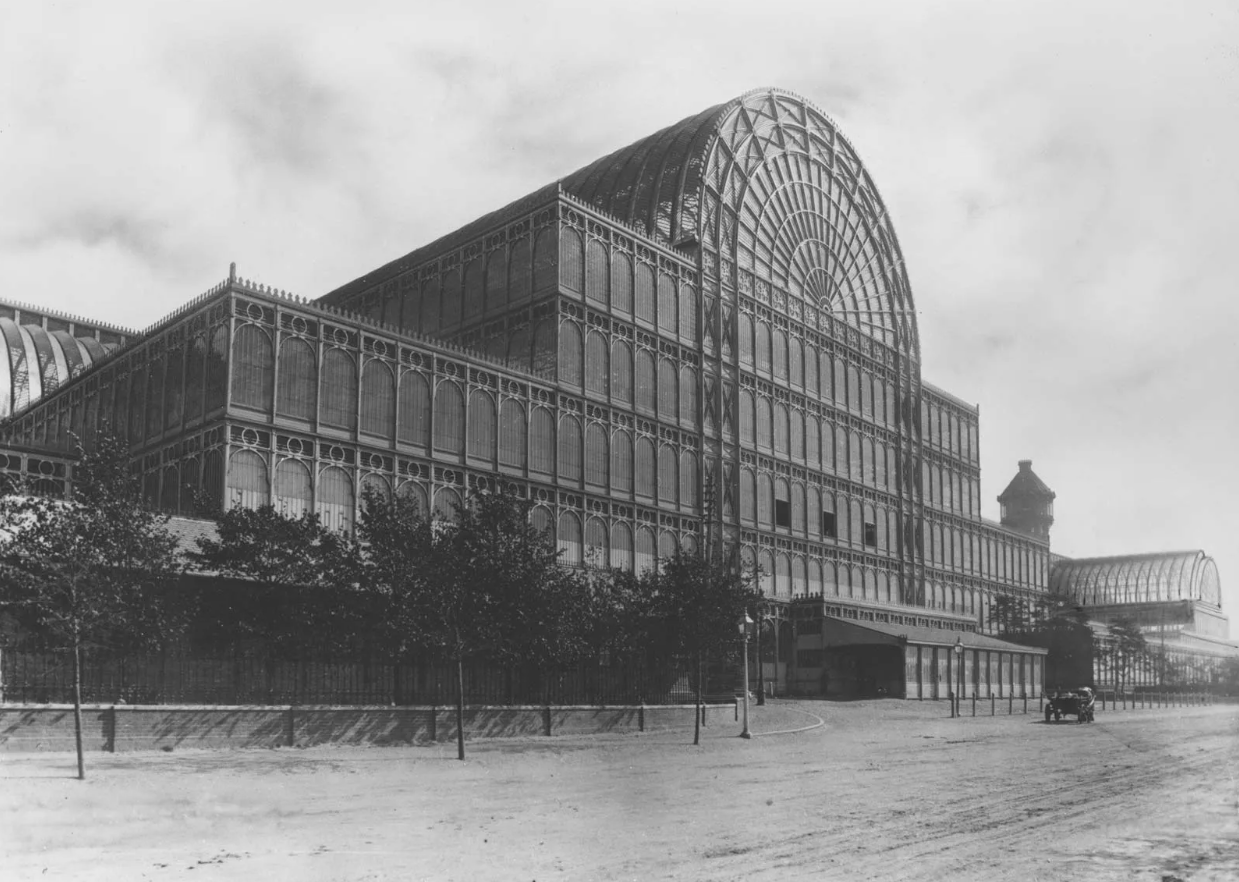
Modular construction: A journey through Europe's innovative past and promising future
Modular construction, often perceived as a contemporary building method, actually boasts a rich history spanning nearly two centuries. This innovative approach, involving the assembly of structures off-site before transportation and installation, has evolved significantly since its inception, emerging as a prominent technique in modern construction practices.
So, how did modular construction come to be? Let's take a stroll through history to explore the milestones that have shaped this groundbreaking method in Europe.
Early beginnings: Seeds of efficiency and mobility
The roots of modular construction in Europe stretch back to the 18th century, with the crafting of portable wooden huts in Norway for seasonal fishing trips. The roots of modular construction also trace back to London carpenter John Manning, who crafted the first documented prefabricated home for his son relocating from England to Australia. This pioneering endeavor laid the foundation for future innovations in modular building. By the 19th century, the Industrial Revolution fueled advancements in prefabrication techniques, giving rise to standardized building components for military barracks and temporary housing solutions. Notably, the Crystal Palace, erected in London for the 1851 Great Exhibition, showcased the efficiency and scalability of modular design with its rapid construction time of just under six months.
Source: https://www.britannica.com/topic/Crystal-Palace-building-London
Post-war reconstruction: A phoenix rising from prefabrication
Following the devastation of World War II, Europe faced a monumental housing crisis. Modular construction emerged as a vital tool for swift and efficient reconstruction. Germany, in particular, embraced prefabricated concrete panels, leading to the development of "Plattenbauten" apartment blocks that provided shelter for millions across East Germany. Despite criticisms of their aesthetic uniformity, these modules laid the foundation for further advancements in design and materials.
Beyond necessity: Embracing creativity and sustainability
As Europe rebuilt, designers and architects tapped into the creative potential of modular construction. In the 1960s, French architect Jean Prouvé pioneered innovative prefabricated houses using lightweight materials and flexible layouts. Similarly, Dutch architect Aldo van Eyck's "Plug-in City" concept envisioned adaptable building blocks that challenged traditional notions of urban dwelling. He proposed the concept as a way to create adaptable building blocks that could be rearranged and customized by residents. The Plug-in City concept aimed to create a flexible and dynamic urban environment where people could actively participate in shaping their living spaces according to their needs and preferences. Van Eyck's innovative approach to architecture emphasized the idea of modularity and adaptability, which aligns with the principles of the Plug-in City concept*.
In recent years, sustainability has emerged as a driving force in modular construction. Advancements in materials and manufacturing processes have led to energy-efficient modules with minimal environmental impact, offering prefabricated homes built with sustainable materials and incorporating renewable energy technologies.
Looking ahead: A modular future on the horizon
Today, modular construction in Europe stands at a crossroads. Countries worldwide have embraced prefab and modular construction methods for decades. Notably, Sweden leads the pack with a staggering 84% of all detached homes being prefabricated. In contrast, for example Germany lags behind at 9%, and the Netherlands at 20%.Technological advancements, including 3D printing and robotics, present new possibilities for efficiency and customization. However, challenges such as standardizing regulations and fostering public acceptance of non-traditional construction methods remain.
Despite these obstacles, Europe's adaptable history of modular construction suggests a promising future. By embracing innovation, addressing concerns, and showcasing the benefits of prefabrication, modular construction has the potential to address housing shortages, promote sustainability, and shape the future of European cities.
---------------------------------------------------------------------------
*Developed between 1963 and 1966, Plug-In City is a conceptual city comprising personalised pre-fabricated homes that are inserted into high-rise megastructures.
